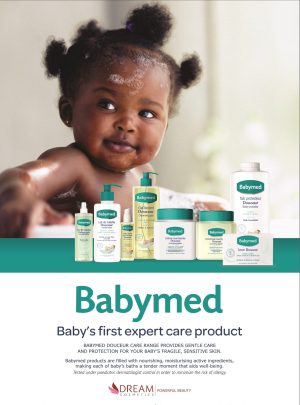We’re regularly bombarded by advertisements telling us about exciting new features of existing products: a car that now has SatNav as standard, perhaps; a brand of shampoo with a new, improved formula; or a snack that now contains even more delicious fruit.
Yet, at the same time, if we go to the shops, there are hundreds of products which are seemingly not advertised at all.

So why are some established products regularly given make-overs and generous new marketing budgets, while others are apparently left to sell themselves?
One answer is that the marketers are acting according to where the item is in its product lifecycle.

Understanding the Model

Just as people go through infancy, childhood, adulthood and old age, so too do products and brands. And just as we swing from being needy, to being overall contributors to our families or to society, and then back to being needy again over the course of our lives, so – in effect – do products.
The four phases usually used to describe a product’s life cycle are:
- Introduction.
- Growth.
- Maturity.
- Decline.
During the earlier parts of the product lifecycle, the cost of promoting the product may be larger than the revenue it brings in. However, for successful products that are marketed effectively, the product will become increasingly profitable during the Growth and Maturity phases
- During the Introduction phase, there will most-likely be heavy promotional and advertising activity designed to raise awareness of the new product, and to seek sales amongst early adopters – adventurous consumers who like to own cutting edge products.Depending on the nature of the product, it will either have a premium price so that its development costs can be recouped quickly (this is the approach used with most high-tech products) or be priced low to encourage widespread adoption – what marketers call “market penetration”.
- Moving on to the Growth phase, promotional activities will tend to focus on expanding the market for the product into new segments+ – usually either geographic or demographic – and supporting this by expanding the product family, for example with new flavors or sizes (cartons of fruit drinks specifically sized for kids lunch boxes, for instance).
- By the time a product reaches its Maturity phase, the company producing it needs to reap considerable rewards for the time and money spent developing the product so far.The product’s features may continue to be refreshed from time to time, and there will still be some promotion to differentiate the product from the competition and increase market share. However, the marketing activity and expenditure levels may be much lower than earlier on in the lifecycle.
- Finally, once the product begins to Decline, marketing support may be withdrawn completely, and sales will entirely be the result of the product’s residual reputation amongst a small market sector. (Elderly people, for example, may go on buying brands that they started using forty or even fifty years earlier.)
By this stage, the most important decision that needs to be made is when to take the product off the market completely. It can be tempting to leave a declining product on the market – especially if it served the company well in its time, and there’s a certain sentimental attachment to it. However, it is essential that the product is not allowed to start costing its producer money, and this can easily happen if production costs increase as volumes drop.
More importantly, the old product’s very existence can absorb managers’ time and energy, and can discourage or delay the development of a new, potentially more profitable replacement product
 MMS PLUS NG – Maritime, Aviation, Business, Oil and Gas News Online Newspaper with coverage in Maritime, Oil and Gas, Aviation, Power and Energy as well as Financial News
MMS PLUS NG – Maritime, Aviation, Business, Oil and Gas News Online Newspaper with coverage in Maritime, Oil and Gas, Aviation, Power and Energy as well as Financial News










